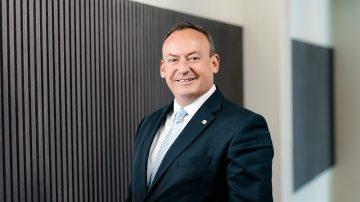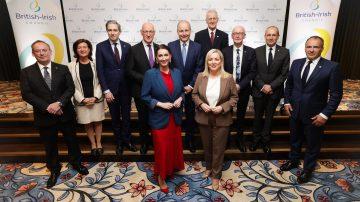Guernsey is moving to a two-school model for secondary education.
Politicians have spent three days debating a range of options, following months of – at times – heated campaigning.
The Education Committee wanted three high schools.
Their defeat led to the committee’s President, Deputy Paul Le Pelley, and three of the four other members – Deputies Andrea Dudley-Owen, John Gollop and Neil Inder all quitting. Only Deputy Lester Queripel stayed put.

The ‘alternative model’, which will see two schools for 11 to 18 years, was led by Deputy Matt Fallaize who intends to stand for the vacant Education President position.
Deputy Fallaize said: “We are going to comprehensive education in 2019. When that decision was made, the sense in the States was very much wanting to capture the best of the comprehensive system. Unfortunately, the Committee’s proposals don’t do that. Our alternative model gives the island a much better chance.”
That arrangement, which succeeded by 28 votes to 10, now leaves the yet-to-be-set-up Education Committee and wider government with a mass of work to firm up the practicalities of what’s been decided.
Chief Minister Deputy Gavin St Pier said: “A momentous decision taken today in Assembly to transform the secondary and post-16 education system in Guernsey. That is the easy bit. Now the huge and difficult task of implementation must begin to ensure the opportunity is fully exploited in best interests of learners.”
But the longest-serving politician, Deputy Mary Lowe, opposed the two-school model. She said: “A La Mare de Carteret High School student sat in the gallery listening to the debate told me afterwards he was shocked their school wouldn’t be built if the two-school alternative model went through. This pupil was gutted.”
Here’s a reminder of what the official ‘alternative model’ proposed, which now forms the basis of what the new Education Committee, when elected, will be charged with delivering:
- One 11 to 18 school operating across two sites – and each site would have between nine and ten forms per year
- The 11 to 18 School operating on two sites would offer sixth form studies on both sites (A-levels on both sites; IB on one site) with 200 – 225 sixth form students at each site
- The College of Further Education would continue as a single, integrated organisation offering vocational, professional and technical courses for full-time and part-time students, including apprentices
- It would be an objective of the College to integrate with the Institute of Health and Social Care Studies and the Guernsey Training Agency as soon as possible and an ambition to form a partnership with a UK university to become University College Guernsey.















